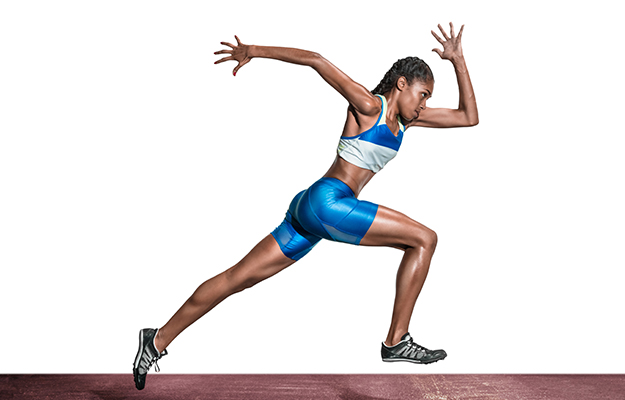Biomechanics

Biomechanics
Biomechanics is the study of motion, function, and structure of the mechanical form of living organisms. High-speed cameras have been used for years to study the movement of the human body, including how tendons, ligaments, bones, and muscles work together. In sports, biomechanics focuses on the actions of the body and the mastery of individual tasks. For example, performing a squat would include studying the position and movements of a person feet, knees, legs, hips, back, shoulder and even their arms. Biomechanics is also widely used for orthopedic research and development for implants, such as joints. Researching the performance of biomaterials such as joint implants play a pivotal role in design improvements for medical purposes. Biomechanics not only includes the study of the human body, but also animals and sometimes plants.
